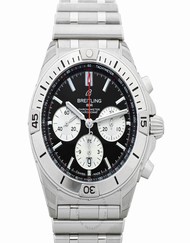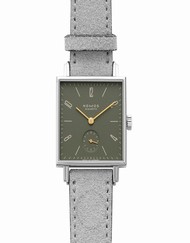Luxury Hublot replica watches
Shopping Cart - 0 Item
You have no items in your shopping cart.
- REPLICA WATCHES
- Real Photo Watches
- Audemars Piguet
- Cartier
- Bvlgari
- Watches other brands
- NEWS WATCHES
- Contact Us
Menu
- HOME
- Audemars Piguet
- Bell & Ross
- Breitling
- Bvlgari
- Cartier
- Chopard
- Diesel
- Franck Muller
- Grand Seiko
- Hamilton
- Hublot
- IWC
- Jaeger Lecoultre
- Jaquet Droz
- Longines
- Maurice Lacroix
- MeisterSinger
- MIDO
- Montblanc
- Nomos Glashuette
- Omega
- Oris
- Panerai
- Patek Philippe
- Rado
- Richard Mille
- Seiko
- Sevenfriday
- SINN
- TAG Heuer
- Tissot
- Ulysse Nardin
- Zenith
- NEWS WATCHES
-
Home / -
Hublot Replica / -
Hublot Replica Watch Big Bang Sang Bleu II Titanium Black Dial BBF 45mm
Buy Replica Hublot Replica Watch Big Bang Sang Bleu II Titanium Black Dial BBF 45mm Watches
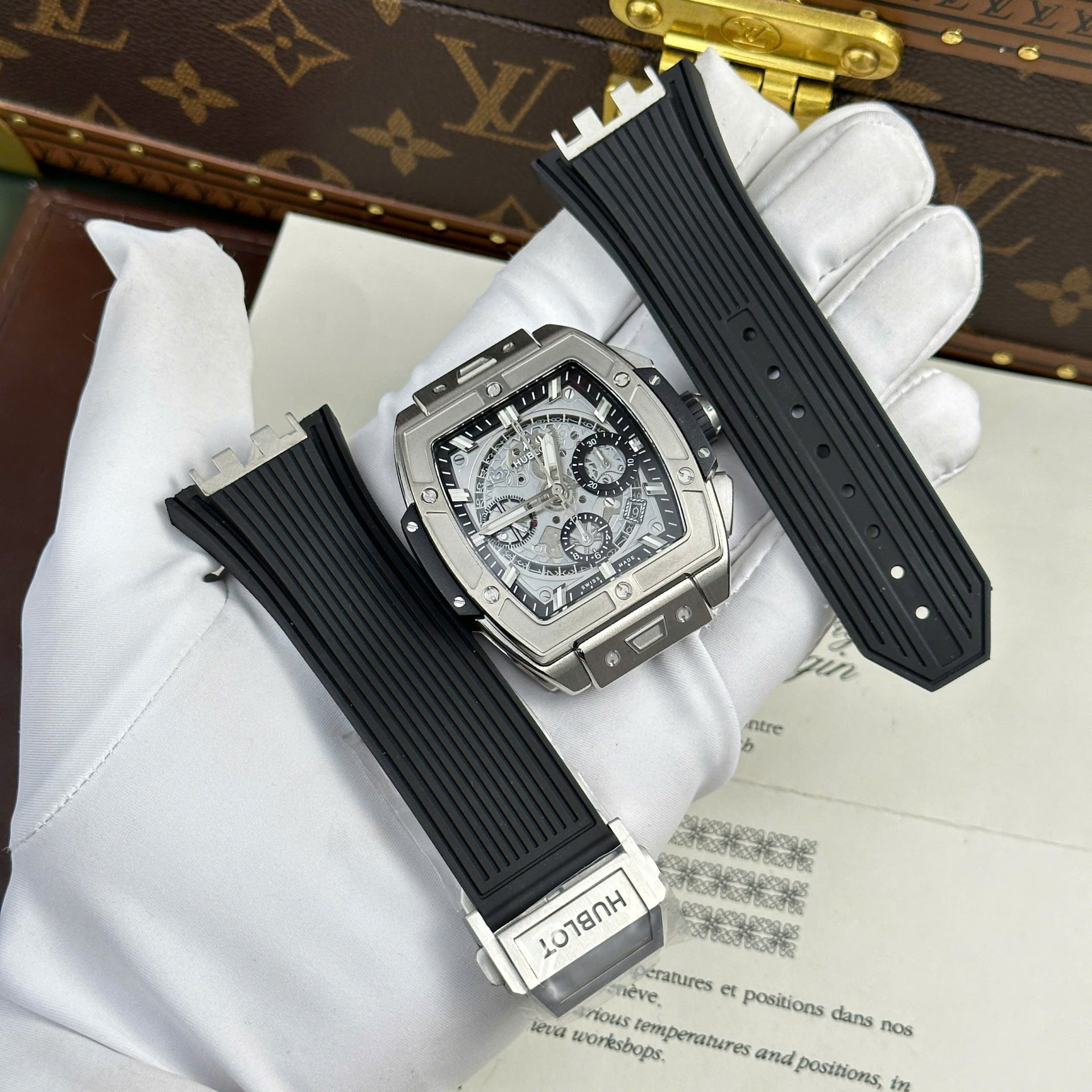
Hublot Replica Watch Big Bang Sang Bleu II Titanium Black Dial BBF 45mm Details
| INFORMATION | |
|---|---|
| BRAND | Hublot |
| DIAL | |
| CASE | |
| MATERIAL | Titanium |
| CRYSTAL | Solid sapphire |
| DIAMETER | 42mm |
| MOVEMENT | |
| TYPE | Automatic HUB 4700 |
| BAND | |
| BandMaterial | Rubber strap |
| FEATURES | |
| STYLE | Luxury Watches |
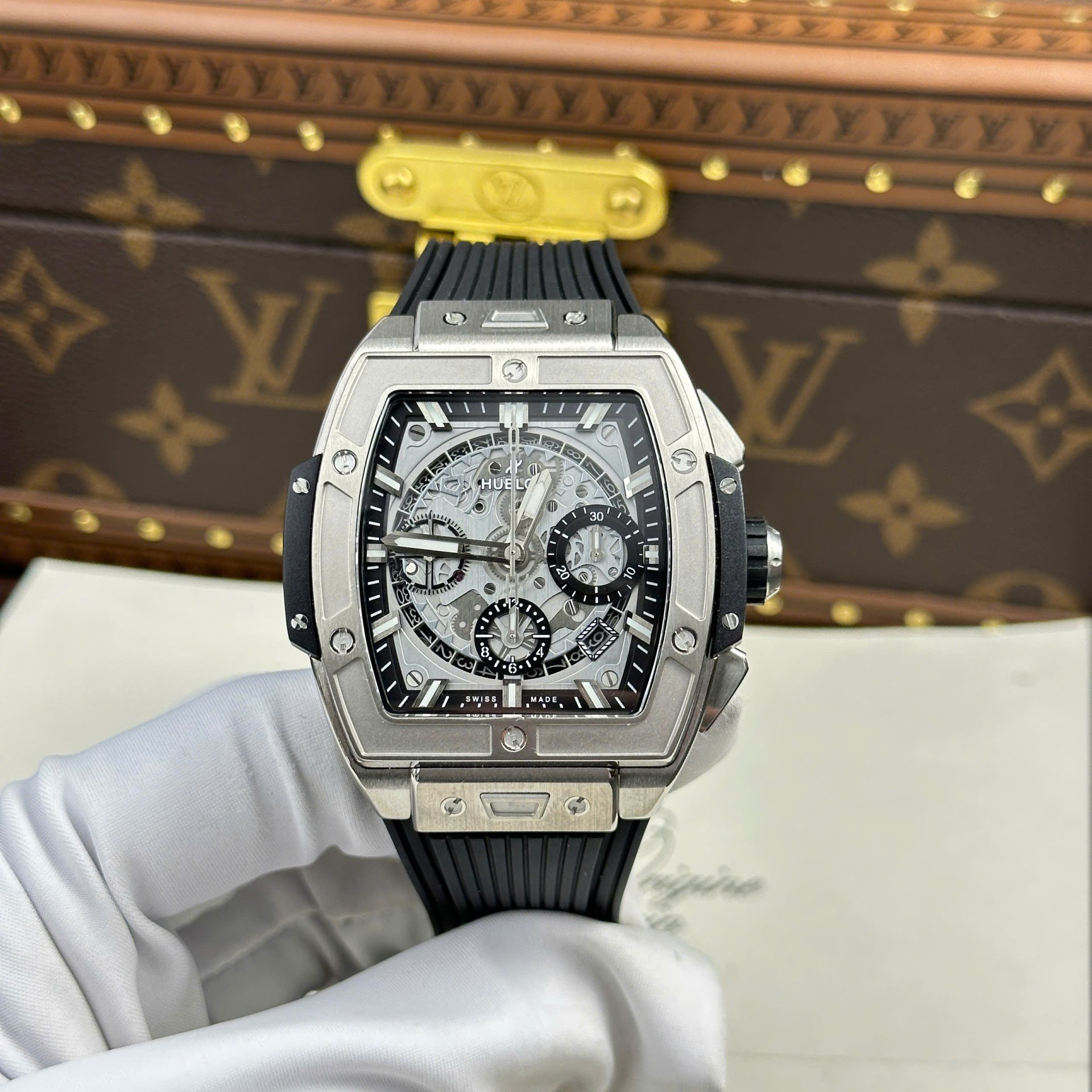
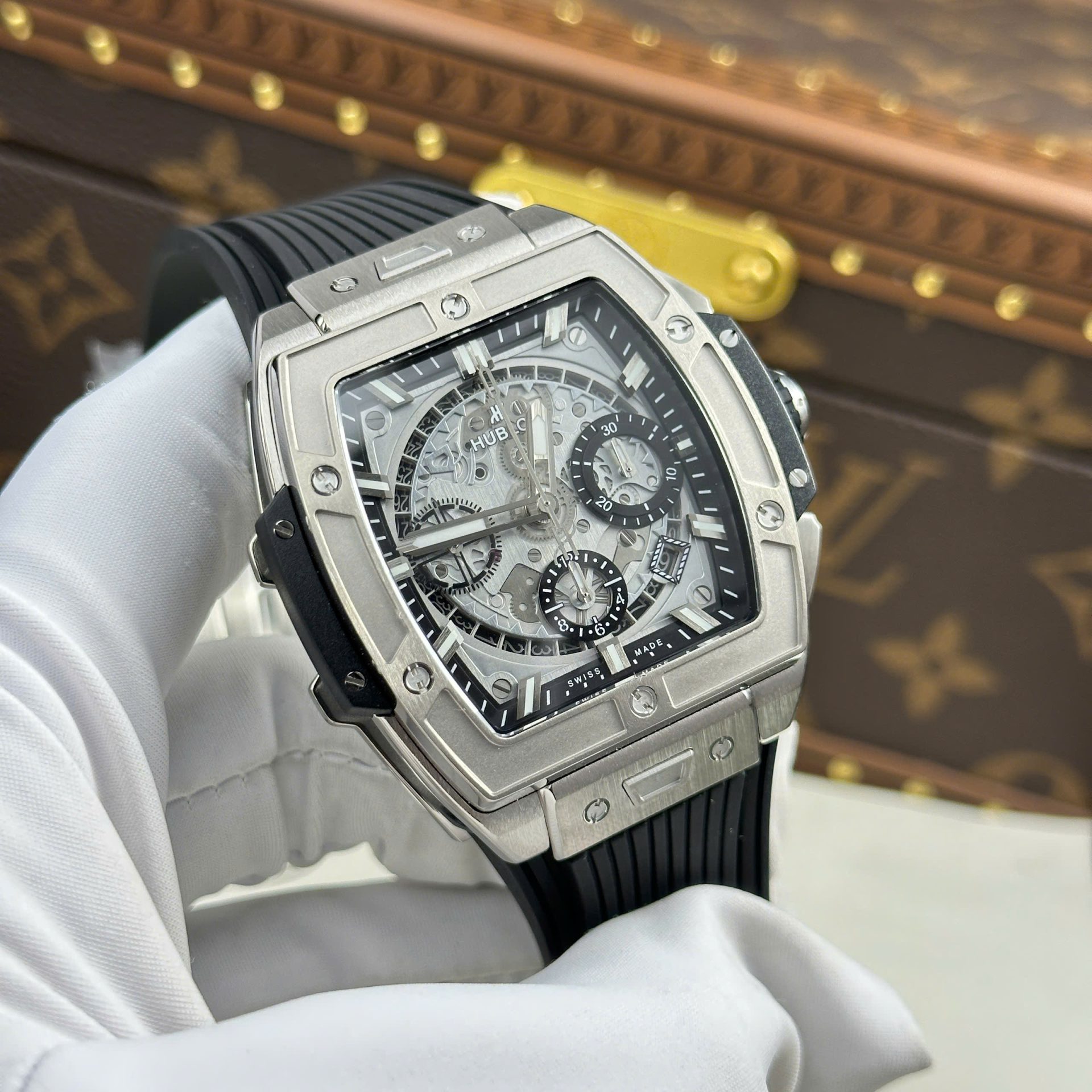


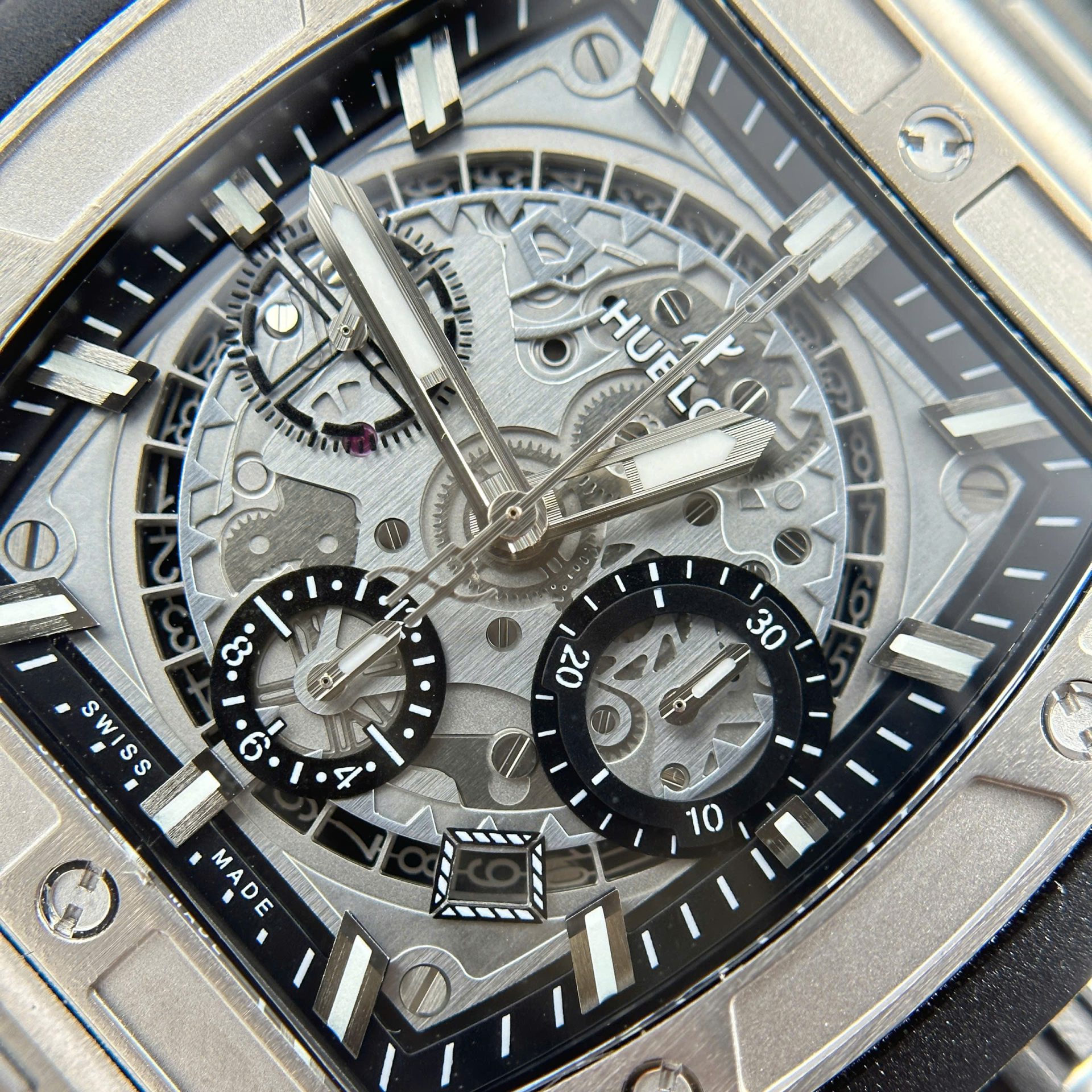
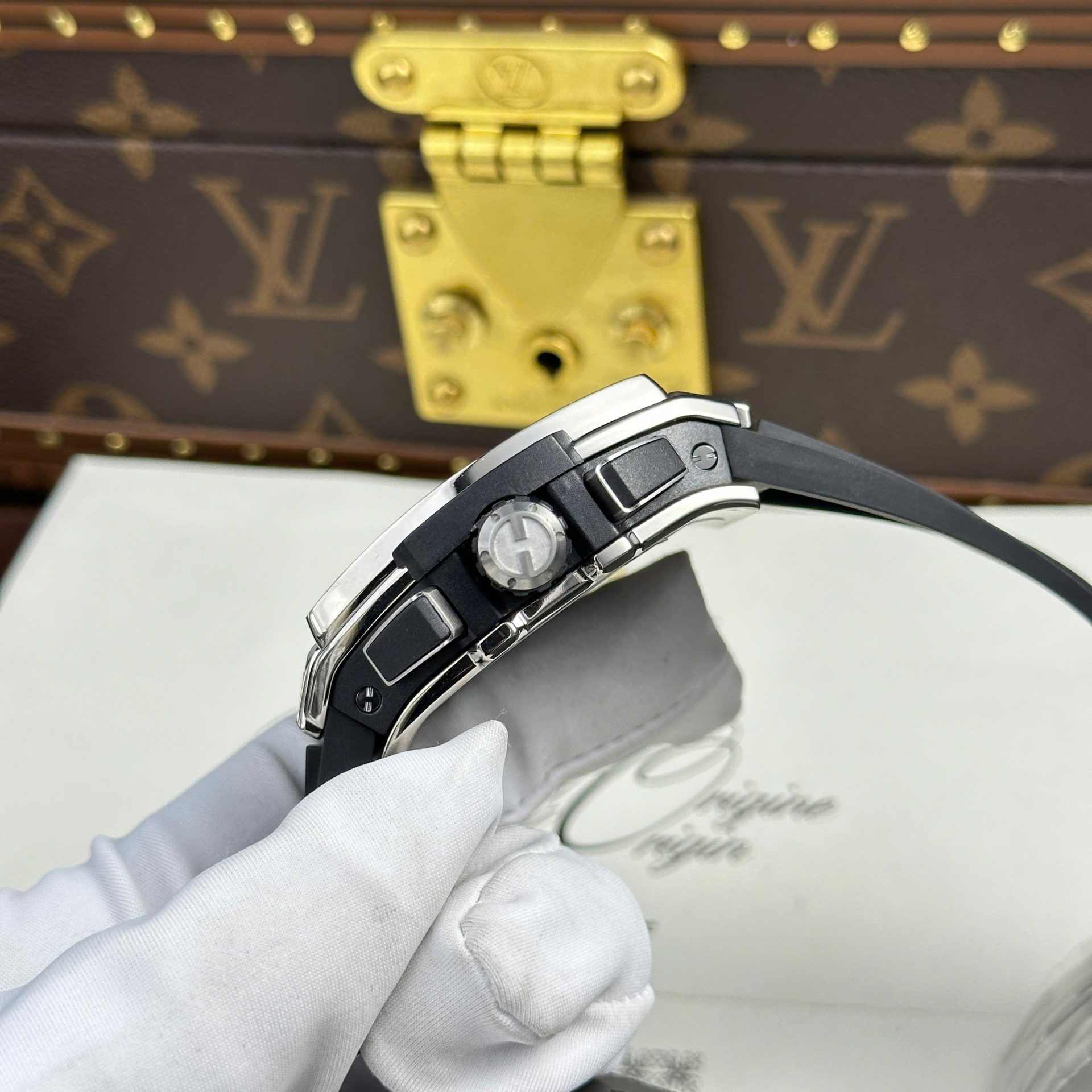
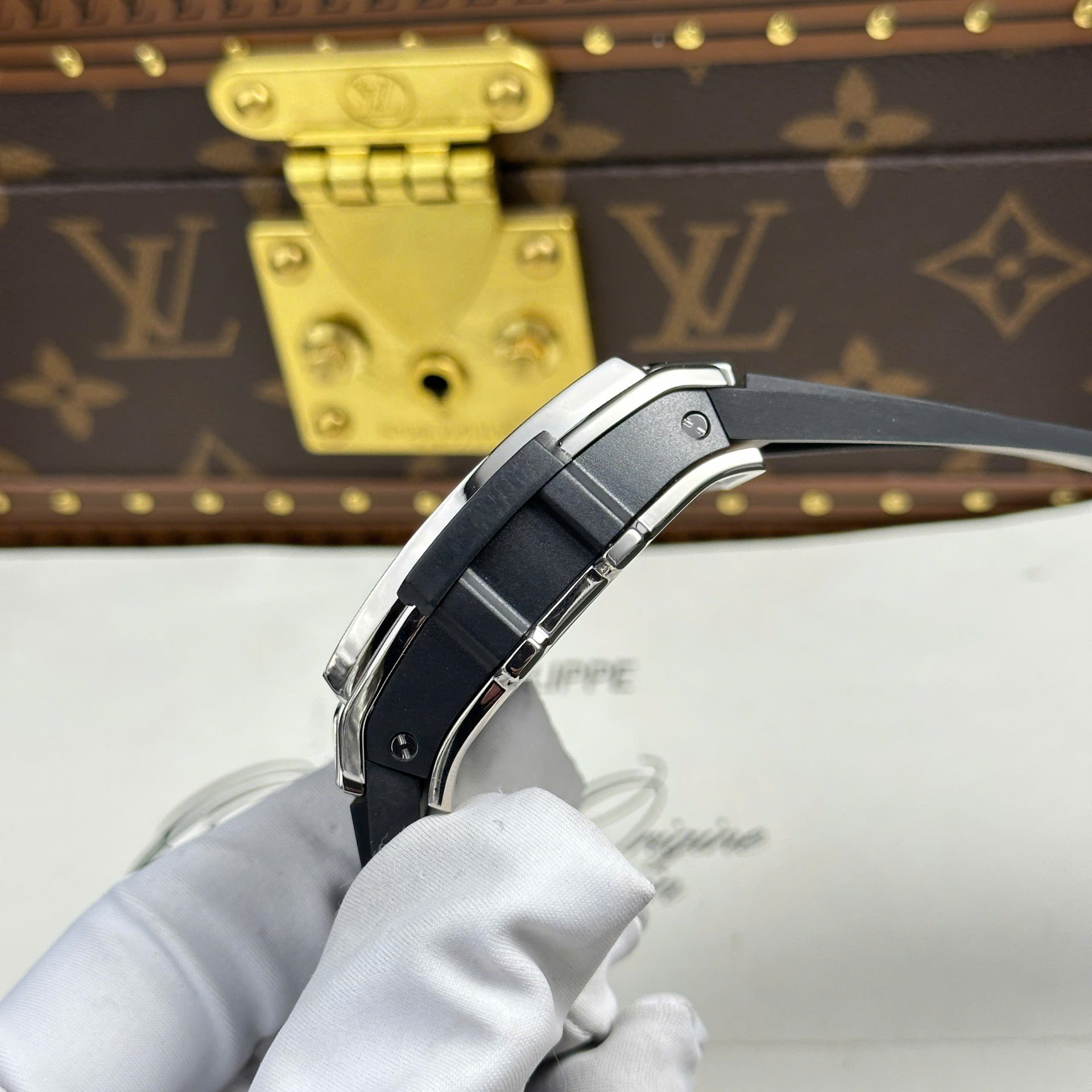
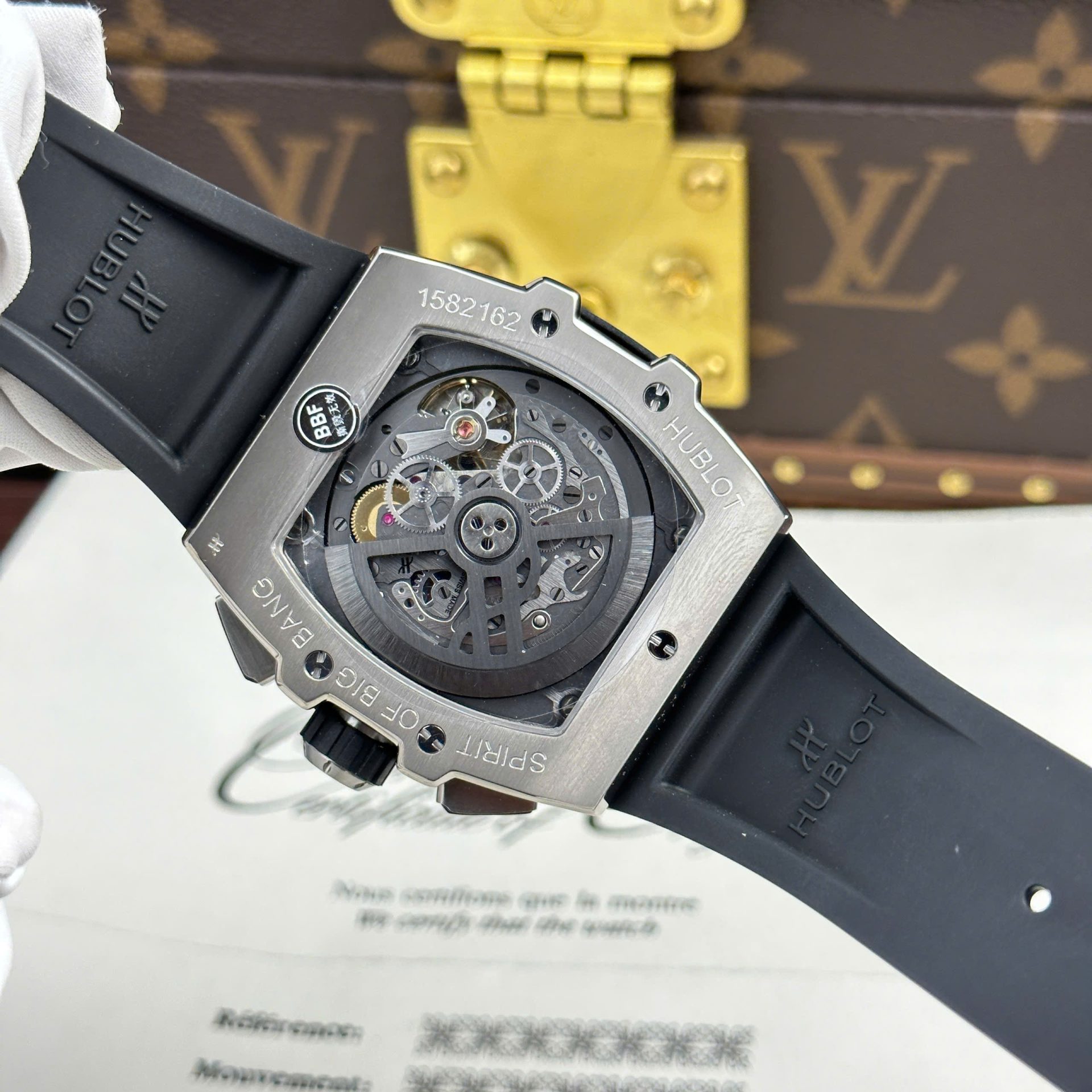
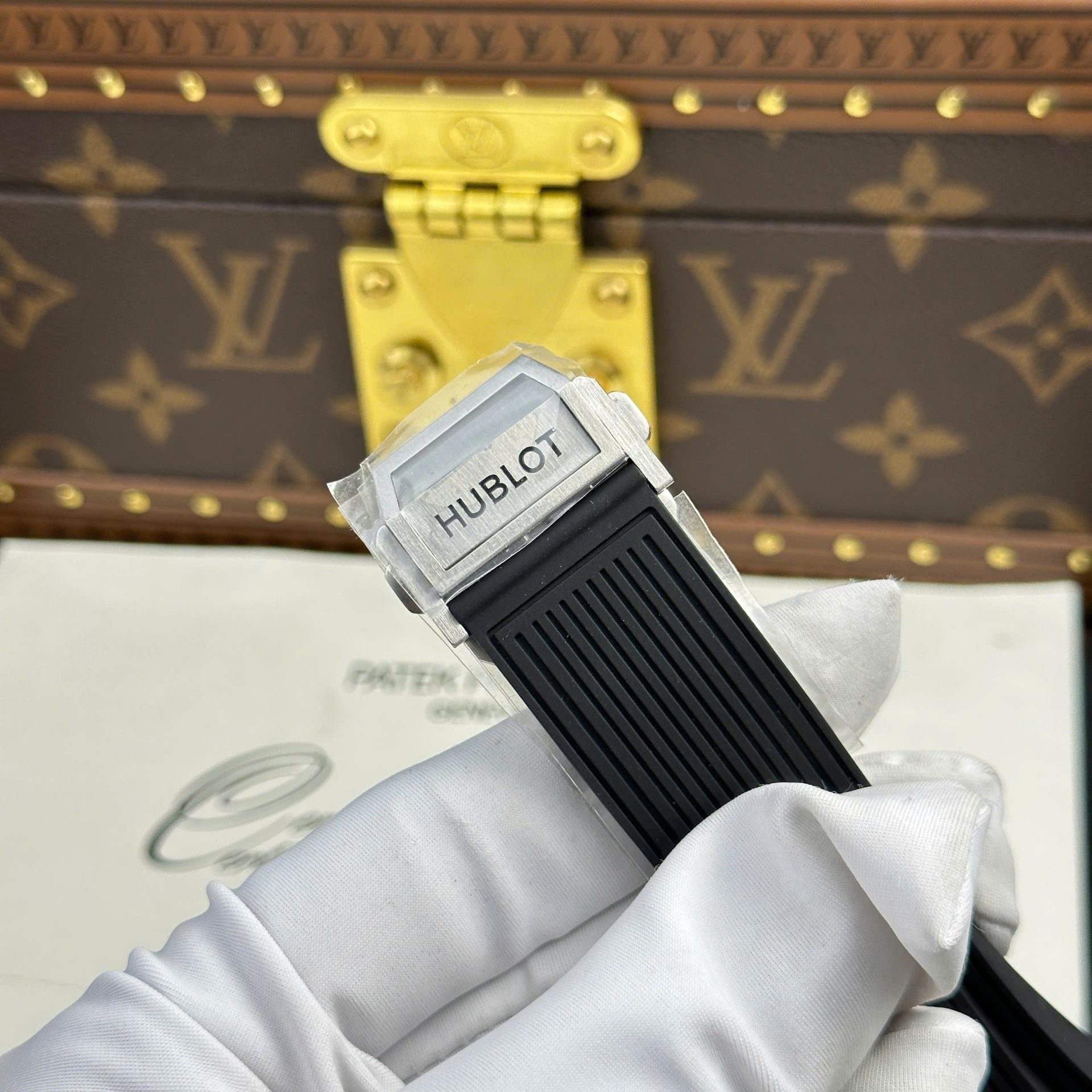
comments
- Awesome, very good.
 [Rating:(5 / 5 stars)]
[Rating:(5 / 5 stars)]- Review by matt mcmullen Uae Duabi from Netherlands Purmerend
- Awesome watch!!!
 [Rating:(5 / 5 stars)]
[Rating:(5 / 5 stars)]- Review by Designs by Wendy Turkey Kocaeli from Netherlands Purmerend
Watches NEWS
Introducing The Ollech & Wajs OW 56 M, Upclycled From Unused Stock
Producing robust tool watches for pilots, divers and soldiers since 1959, partners Joseph Ollech and Albert Wajs relied on third parties to source movements, cases, dials and even tritium hands to ensure the best possible Swiss quality at the best price. Following its revival in 2017, Ollech & Wajs, aka OW, sticks to its utilitarian guns and still outsources Swiss movements to contain costs. The latest model – the OW 56 M – with its convincing 1940s military pilot watch vibe goes one step further and combines vintage new old stock (NOS) parts with contemporary components and a 38mm upcycled case from unused stock.?The BackstoryPartners Joseph Ollech and Albert Wajs started their adventure in watchmaking, distributing Omegas and Breitlings from their watch shop in Zurich. In 1956 they created their own brand specialising in robust tool watches, much appreciated by soldiers, divers and pilots. Wajs favoured movements with solid reputations from ETA, Dubois Depraz, and Val
Producing robust tool watches for pilots, divers and soldiers since 1959, partners Joseph Ollech and Albert Wajs relied on third parties to source movements, cases, dials and even tritium hands to ensure the best possible Swiss quality at the best price. Following its revival in 2017, Ollech & Wajs, aka OW, sticks to its utilitarian guns and still outsources Swiss movements to contain costs. The latest model – the OW 56 M – with its convincing 1940s military pilot watch vibe goes one step further and combines vintage new old stock (NOS) parts with contemporary components and a 38mm upcycled case from unused stock.?The BackstoryPartners Joseph Ollech and Albert Wajs started their adventure in watchmaking, distributing Omegas and Breitlings from their watch shop in Zurich. In 1956 they created their own brand specialising in robust tool watches, much appreciated by soldiers, divers and pilots. Wajs favoured movements with solid reputations from ETA, Dubois Depraz, and Val
Blancpain Fifty Fathoms Bathyscaphe Bucherer Blue Edition (Specs & Price)
Customized, special editions sold only through a single (branch of) boutiques is a common thing, but few do it as regularly as Bucherer. The Swiss watch retail house has introduced several striking collaborations – no less than 25 in total with 14 different brands. To name just a few, the Tudor Black Bay Bronze, the IWC ?Portugieser Chronograph Classic?or the H. Moser & Cie. Venturer Small Second,?for instance. All received the “Bucherer Blue” makeover and next in line is the Blancpain Fifty Fathoms Bathyscaphe Bucherer Blue Edition.A Bucherer Blue Edition is always (spoiler alert) blue – and the retailer's take on the Blancpain Fifty Fathoms Bathyscaphe is no exception. The colour fits the overall concept behind the watch well, considering the unique tone used in the watch is a Bucherer signature and blue echoes the maritime background of Blancpain. The Fifty Fathoms is, of course, the iconic dive watch introduced by Blancpain in 1953, at a time when dive w
Customized, special editions sold only through a single (branch of) boutiques is a common thing, but few do it as regularly as Bucherer. The Swiss watch retail house has introduced several striking collaborations – no less than 25 in total with 14 different brands. To name just a few, the Tudor Black Bay Bronze, the IWC ?Portugieser Chronograph Classic?or the H. Moser & Cie. Venturer Small Second,?for instance. All received the “Bucherer Blue” makeover and next in line is the Blancpain Fifty Fathoms Bathyscaphe Bucherer Blue Edition.A Bucherer Blue Edition is always (spoiler alert) blue – and the retailer's take on the Blancpain Fifty Fathoms Bathyscaphe is no exception. The colour fits the overall concept behind the watch well, considering the unique tone used in the watch is a Bucherer signature and blue echoes the maritime background of Blancpain. The Fifty Fathoms is, of course, the iconic dive watch introduced by Blancpain in 1953, at a time when dive w
Radial Engines in Cars. Who Said it Wasn't Possible? - Monochrome Watches
If you were asked to list the most common types of engines in cars, you'd probably answer: in-line, boxer, V-shape and end it there. And you'd be right actually, as these are the most widespread types of engines in the industry. Some might even mention rotary engines or electric engines, but that's probably it. Despite the fact that there are loads of configurations within these types of engines, there's an odd type of engine used ever so rarely in cars. And we're not talking about large-scale manufacturers, but rather hardcore enthusiasts and madmen installing radial engines into cars!An example of a radial engine used in aeroplanes.Radial engines were first developed at the very start of the 20th century. The first documented radial engines date back to 1901. The concept is rather simple; instead of having cylinders and pistons positioned in a straight line or opposed to one another, the cylinders are spread around a central crankshaft in a circle. The full technical details are expl
If you were asked to list the most common types of engines in cars, you'd probably answer: in-line, boxer, V-shape and end it there. And you'd be right actually, as these are the most widespread types of engines in the industry. Some might even mention rotary engines or electric engines, but that's probably it. Despite the fact that there are loads of configurations within these types of engines, there's an odd type of engine used ever so rarely in cars. And we're not talking about large-scale manufacturers, but rather hardcore enthusiasts and madmen installing radial engines into cars!An example of a radial engine used in aeroplanes.Radial engines were first developed at the very start of the 20th century. The first documented radial engines date back to 1901. The concept is rather simple; instead of having cylinders and pistons positioned in a straight line or opposed to one another, the cylinders are spread around a central crankshaft in a circle. The full technical details are expl
First Look: The New Black-Gold Rado Captain Cook High-Tech Ceramic Skeleton
Named after the famous British explorer, Rado's 1962 Captain Cook was the brand's first dive watch with an impressive depth rating of 220 metres. Produced in very low numbers, the Captain Cook drifted off the map in 1968. With its consolidated reputation for high-tech streamlined ceramic watches, Rado took a surprising tack in 2017 by reintroducing the Captain Cook. Having docked in many ports since then, the latest Captain Cook sails in with a hyper-contemporary matte black high-tech ceramic hull, an openworked deck and rose gold accents.The first vintage re-edition of the Captain Cook came in a 37mm steel case and featured the unusual concave sloping bezel of its ancestor. Fitted with a box-shaped sapphire crystal to evoke the domed acrylic ones of the earliest Captain Cooks, it also featured the distinctive swinging anchor at noon. However, the magnifying lens over the date window was not featured, and the depth rating was reduced by half to 100m. Ad - Scroll to continue
Named after the famous British explorer, Rado's 1962 Captain Cook was the brand's first dive watch with an impressive depth rating of 220 metres. Produced in very low numbers, the Captain Cook drifted off the map in 1968. With its consolidated reputation for high-tech streamlined ceramic watches, Rado took a surprising tack in 2017 by reintroducing the Captain Cook. Having docked in many ports since then, the latest Captain Cook sails in with a hyper-contemporary matte black high-tech ceramic hull, an openworked deck and rose gold accents.The first vintage re-edition of the Captain Cook came in a 37mm steel case and featured the unusual concave sloping bezel of its ancestor. Fitted with a box-shaped sapphire crystal to evoke the domed acrylic ones of the earliest Captain Cooks, it also featured the distinctive swinging anchor at noon. However, the magnifying lens over the date window was not featured, and the depth rating was reduced by half to 100m. Ad - Scroll to continue
Mido Multifort Escape with Automatic Movement - Value Proposition Review (Specs & Price)
Founded in 1918, Mido is a company of the Swatch group based in Le Locle. For whatever reason, the brand is sometimes a bit underrated but it does deserve a closer look. Mido watches are well made and offer superb value. The Multifort was originally presented in 1934 and was among the first antimagnetic watches with a self-winding movement. A commercial success for the brand, it is one of its oldest collections. Today, we look at its descendant, the Mido Multifort Escape.Presented at Baselworld this year, the Multifort Escape is the latest addition to the line. It is a stylish, slightly vintage-inspired, rugged watch designed for outdoor use. Its case is a well-proportioned, classic design with a large conical fluted crown. It is presented in stainless steel with an aged and sandblasted PVD treatment creating an interesting patina. The thin, sloped bezel frames a sapphire glass that is slightly domed and comes with double-sided anti-reflective coating. At 44mm in diameter, it wears its
Founded in 1918, Mido is a company of the Swatch group based in Le Locle. For whatever reason, the brand is sometimes a bit underrated but it does deserve a closer look. Mido watches are well made and offer superb value. The Multifort was originally presented in 1934 and was among the first antimagnetic watches with a self-winding movement. A commercial success for the brand, it is one of its oldest collections. Today, we look at its descendant, the Mido Multifort Escape.Presented at Baselworld this year, the Multifort Escape is the latest addition to the line. It is a stylish, slightly vintage-inspired, rugged watch designed for outdoor use. Its case is a well-proportioned, classic design with a large conical fluted crown. It is presented in stainless steel with an aged and sandblasted PVD treatment creating an interesting patina. The thin, sloped bezel frames a sapphire glass that is slightly domed and comes with double-sided anti-reflective coating. At 44mm in diameter, it wears its
Related Products
Contact
Mailing Address
-
1705 NE 163rd St, North Miami Beach, FL 33162 Florida
-
Customer Care is here for you. To inquire about the watches and services found on our website. We are happy to service for you.
Contact our E-mail:watchestrade.watch@gmail.com

loading...






